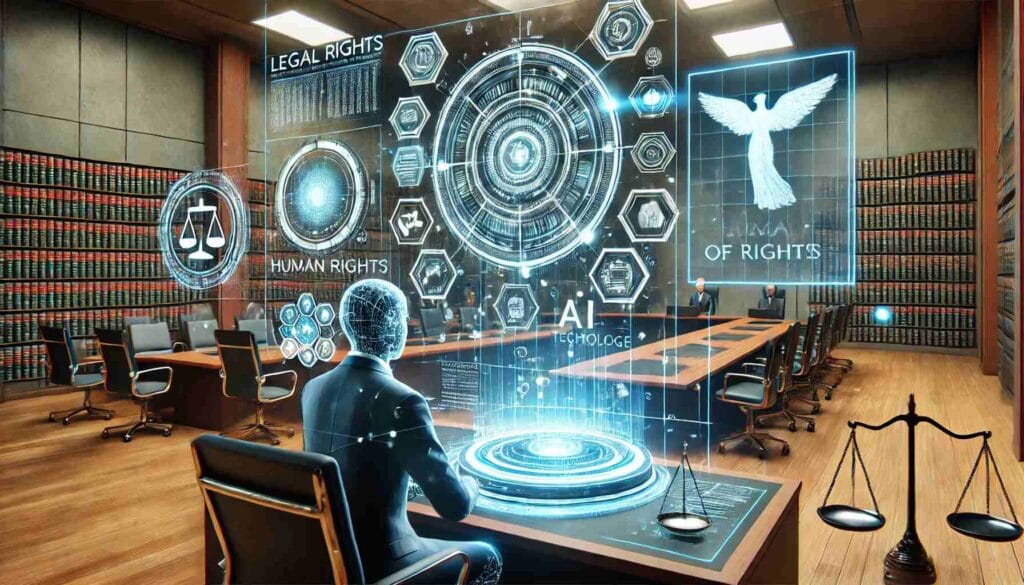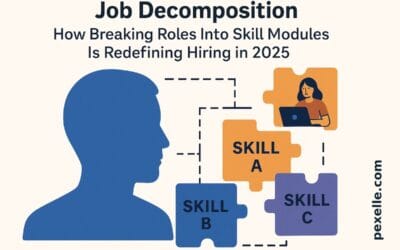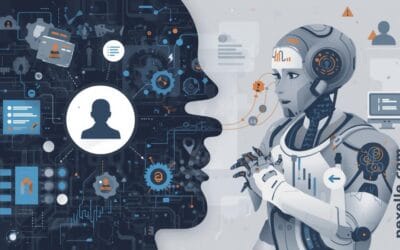The Role of AI in Legal and Human Rights Work

Artificial Intelligence (AI) is revolutionizing many industries, and the legal and human rights sectors are no exception. With its ability to process vast amounts of data quickly and efficiently, AI has the potential to transform how legal professionals approach tasks, as well as how human rights organizations advocate for justice and equality.
AI in the Legal Sector
In the legal field, AI is being utilized to streamline tasks, reduce costs, and improve efficiency. Some of the key areas where AI is making an impact include:
- Document Review and Legal Research: Traditionally, legal professionals spent countless hours reviewing documents and conducting research. With AI-powered tools, these tasks can be automated, enabling lawyers to sift through large volumes of documents quickly and identify key information. AI can also assist with legal research, analyzing case law and legal databases to find relevant precedents and references.
- Contract Analysis and Drafting: AI systems are being used to analyze contracts and other legal documents for potential risks, inconsistencies, and areas of improvement. These systems can highlight problematic clauses and suggest modifications, making the contract review process faster and more accurate. Additionally, AI tools can be used to draft simple contracts based on pre-defined templates, allowing legal teams to focus on more complex matters.
- Predictive Analytics: AI can be used to predict the outcomes of legal cases based on historical data and patterns. By analyzing past cases, AI models can provide insights into the likelihood of a particular outcome, helping lawyers make more informed decisions. This is especially valuable for litigation teams in strategizing their approach and for clients who want to understand their chances of success.
- Legal Automation: Routine legal processes, such as filing documents and managing case workflows, can be automated with AI, allowing law firms to save time and reduce administrative overhead. This also provides clients with faster service and improves overall productivity.
AI in Human Rights Work
AI is also playing a pivotal role in advancing human rights advocacy and activism. Human rights organizations are using AI to collect data, analyze trends, and advocate for policy changes in areas such as:
- Monitoring and Reporting: Human rights organizations often rely on reports from witnesses and affected communities to track abuses. AI can enhance this process by analyzing satellite images, social media posts, and other data sources to identify and document human rights violations in real-time. This makes it easier for organizations to monitor abuses in regions with limited access and provides credible evidence for legal and advocacy purposes.
- Access to Justice: AI-driven platforms are helping to improve access to justice for marginalized populations. For example, chatbots powered by AI can provide legal information and advice to individuals who might not have access to a lawyer. Additionally, AI tools are being used to analyze court cases and identify biases, such as gender or racial discrimination, in judicial decisions.
- Advocacy and Policy Change: AI can help human rights organizations analyze data on public sentiment and policy trends, providing insights into how to effectively advocate for change. By analyzing public opinions, social media trends, and government policies, AI can help organizations craft messages that resonate with the public and policymakers.
- Fighting Discrimination: AI technologies are being developed to detect and reduce bias and discrimination. For example, AI systems can be used to identify racial or gender biases in hiring practices, law enforcement activities, and judicial decisions. These insights can then be used to inform policy changes and push for greater equity.
Ethical Considerations and Challenges
While AI presents significant opportunities in the legal and human rights sectors, its use also raises several ethical concerns. Some of the key issues include:
- Bias and Fairness: AI systems are only as good as the data they are trained on. If the data is biased, the AI can perpetuate and even amplify these biases. In the legal field, this could lead to unfair outcomes, such as biased sentencing recommendations or flawed predictive analytics. In human rights work, biased AI could lead to inaccurate reports or reinforce systemic inequalities.
- Privacy and Security: The use of AI in the legal and human rights sectors often involves sensitive personal data. Ensuring that this data is protected and used responsibly is critical. AI systems must be designed with strong privacy protections to prevent misuse and safeguard individuals’ rights.
- Transparency: AI decisions can sometimes be opaque, making it difficult to understand how a conclusion was reached. This lack of transparency could be problematic in legal and human rights contexts, where accountability and fairness are essential. It’s important for AI systems to be transparent and explainable so that their decisions can be scrutinized and challenged if necessary.
- Access and Equity: While AI has the potential to democratize access to legal and human rights services, there is also a risk of exacerbating existing inequalities. Access to AI technologies may be limited to those with the necessary resources, leaving marginalized populations behind. Ensuring equitable access to AI tools is crucial in realizing their potential benefits.
Conclusion
AI is transforming the legal and human rights sectors, offering new tools to improve efficiency, enhance access to justice, and promote human rights. However, its use must be approached with caution, addressing ethical concerns and ensuring that AI systems are fair, transparent, and accountable. As AI continues to evolve, it will play an increasingly important role in shaping the future of law and human rights.
Source : Medium.com




